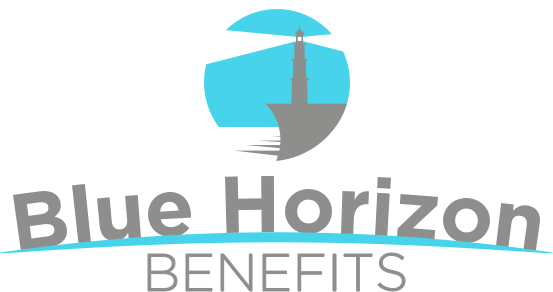Group Health Premiums Set to Rise 6.5%: Poll
U.S. employers can expect to see their group health insurance premiums climb an average of 6.5% in 2023 from this year, according to a new study.
Economic inflationary pressures will push the average premium cost per employee to about $13,800, compared to about $13,020 for 2022, according to the study by professional services firm Aon.
While the expected increase is higher than the average 3.7% rises in 2021 and 2022, it’s still lower than the current 9.1% increase in the Consumer Price Index, a key measure of inflation.
One of the reasons costs are not increasing as much as inflation is that health insurers lock in pricing with health care providers for multi-year contracts. As a result, Aon predicts that inflationary pressures will take a few years to be reflected in health care costs after current contracts lapse and new ones are negotiated.
It’s unclear how long it will take for inflation to fully be reflected in health care costs, though it will likely take a few years until most insurance contracts have been renegotiated, according to a Kaiser Family Foundation and Peterson report.
What’s happening
In 2020, the first year of the COVID-19 pandemic, health care usage dropped dramatically as many people put off routine health care to avoid going to a provider and risk infection. Also, many providers stopped doing non-emergency care like knee replacements.
In all, health insurers paid out far less in claims in 2020 than they did the year prior, even though many people were being hospitalized after contracting the coronavirus.
Since then, medical care has returned to the same pre-pandemic level, but with a twist: All those skipped procedures in 2020 and 2021 are now being performed and most hospitals have backlogs for many procedures like colonoscopies and cancer screenings.
Other contributing factors adding pressure on health care trends include:
New technologies — This includes new technologies providers are using, as well as investments in telemedicine by both health insurers and providers.
Catastrophic claims — The severity and cost of catastrophic claims continues increasing substantially.
Chronic conditions — More Americans are battling chronic conditions, which can quickly drive up their cost of care.
Blockbuster drugs — Pharmaceutical companies are developing groundbreaking, yet costly drugs that can cost tens of thousands of dollars a year.
Specialty drugs — Doctors are prescribing more specialty drugs, which also have high price tags.
Employers curtail cost-shifting
As costs have increased, employers seem to be absorbing most of the premium increases and have grown reluctant to pass on more of the premium cost to their employees.
On average, employers subsidize about 81% of the plan cost, while employees pay the remainder. According to the Aon report, in 2022, when the average annual group health insurance premium increased 3.1% to $13,020 per employee, from $12,627 in 2021, employers took on more of the premium burden:
- Employers on average are paying out $10,500 for their portion of the premium, up 3.7% from $10,123 in 2021.
- Employees’ share of the premium increased only 0.6% during that same time to $2,520.
Meanwhile, overall employee costs (premiums and out-of-pocket expenses) increased 2.6% from 2021 to 2022:
- As mentioned above, employees’ share of premium increased 0.6% to $2,520.
- Average employee out-of-pocket costs (deductibles, copays and coinsurance) jumped to $1,892 in 2022, up 5.1%.
Looking ahead
When insurers quote your group coverage, they look at your claims experience and the costs your employees incur overall. Employees with chronic conditions can quickly increase those costs.
As a result, many employers are focused on helping their workers with chronic and complex conditions rein in those costs. One way is to offer wellness plans that help them improve their overall health, such as smoking cessation, exercise and weight loss programs.









